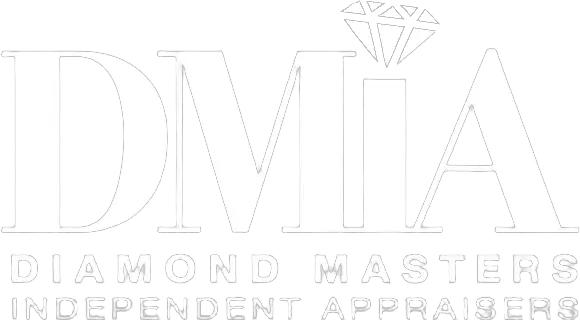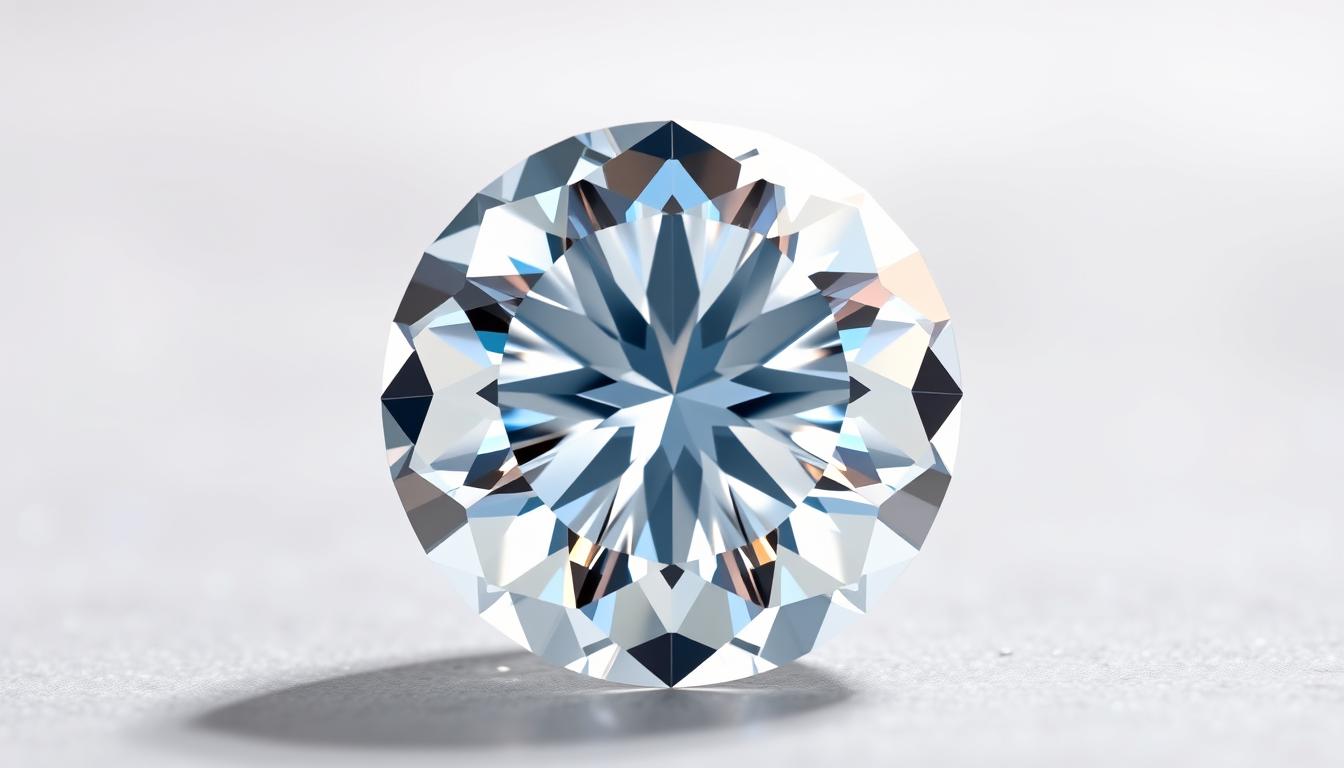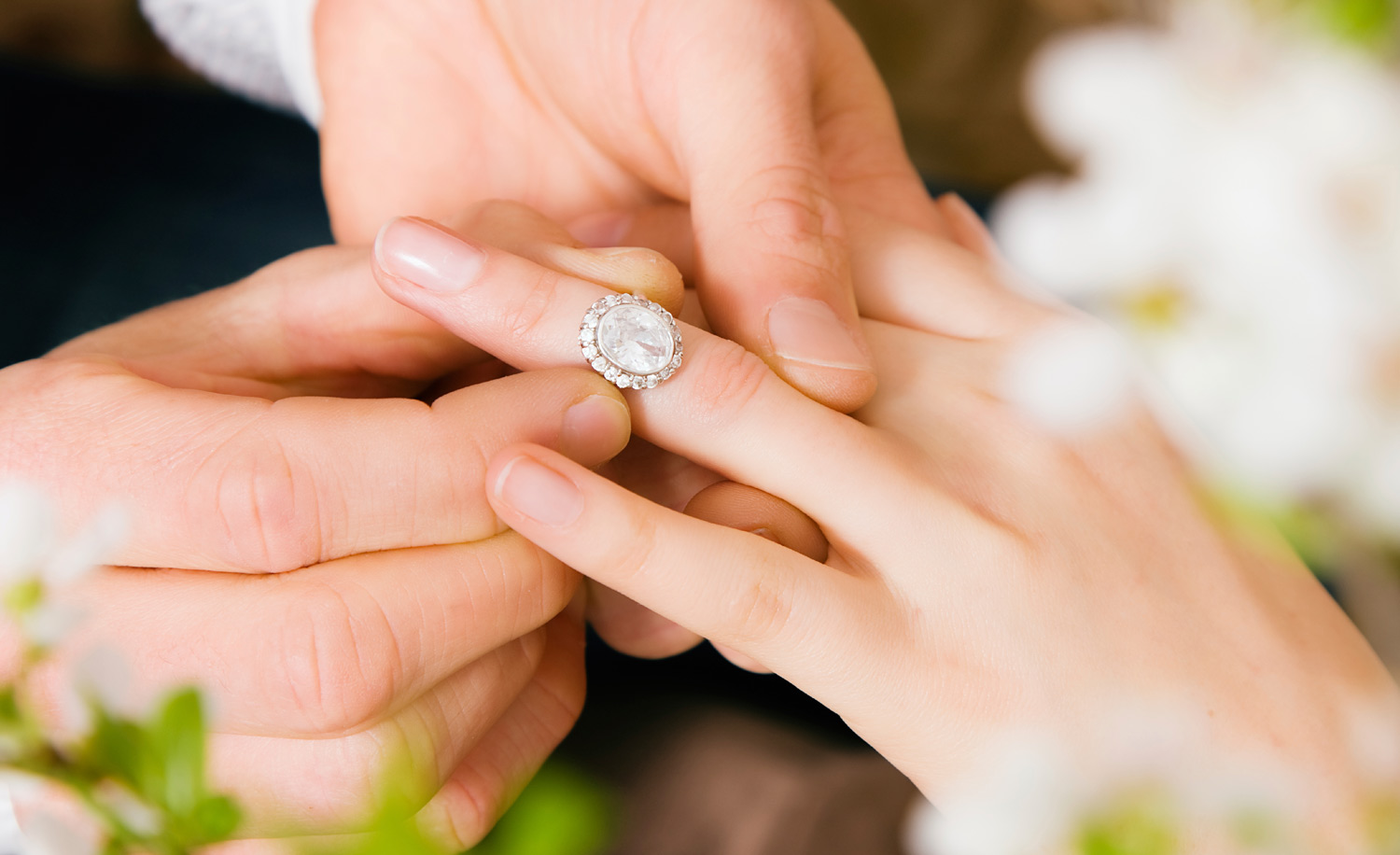Diamond Grades: What Does My Diamond Grade Mean?
Like a house, a car, or a stock, diamonds are an investment. Whenever we invest our dollars into anything, we want to be certain that we are getting the value we paid for. That is why diamonds are graded.
But what does your Diamond Grade Mean you ask? Diamond grades are a standardized system of testing and evaluating the quality of a diamond. It ensures that you are getting the diamond quality that you are paying for.
Like a snowflake, no two diamonds are the same. Each rock being its own unique entity makes grading a diamond pretty difficult. To ensure consistency, gemologists developed a series of tests to determine how to go about grading each gem.
These specifications are broken into four categories, better known as the 4 C’s.
What is Diamond Grading?
Your Diamond Grade refers to color, clarity, cut quality, and carat weight. When you are purchasing a diamond, it is important to understand what these specifications mean. Grading tells you what the quality of the diamond is.
It’s not always about the size of the rock when it comes to diamonds. One of the most common mistakes in buying a diamond is focusing on carat weight instead of other specifications that actually matter more in grading your gem. Quick tip for all my carat weight lovers: carat weight is only one small specification of a diamond. It does not tell you what the diamond looks like, how durable it is or how well it sparkles!
Now, let’s break down diamond grading into the 4 C’s!
Diamond Grades: Cut
What is the first thing you notice when you look at your diamond? If you said “sparkle,” then you win the grand prize! Sadly it’s not a diamond but you should be proud nonetheless.
We notice the sparkle because of how the diamond is cut. The better the grade of the cut, the more the diamond sparkles. Simple, right?
Two individual gemologists determine the cut grade by assessing the light performance of the diamond. When a diamond is cut to proper proportions, light will shine out the top of the gem. If the cut is too shallow, then light will begin to leak out of the bottom.
Even if a diamond has a perfect grade for color and clarity, if the cut is poor then the diamond will still appear dull. That is why consensus is important for the gemologists conducting these studies. If they disagree, then two more gemologists will perform their own studies until there is an agreement.
The Cut grades range from Good to Excellent, or in some cases Ideal.
Learn more about the Cut Diamond Grading.
Diamond Grades: Color
After your eye adjusts to the stunning shine (cut) of the diamond, it will next interpret its color. The more colorless the diamond is, the more it is worth. Once the naked eye begins to interpret color (most notably yellow), the value of the diamond begins to decrease.
Gemologists compare a diamond against other color masters. Like the cut process, two scientists will perform this task independently and then attempt to reach a consensus. From there, the diamond is given a color grade on a scale from D (highest) to Z (lowest).
The color grades are further broken down into letter grades. The letters range from D-F (colorless), G-J (near colorless) and K-M (slightly colored).
Learn more about the Color Diamond Grading.
Diamond Grades: Clarity
The third C in the grading process is performed under 10x magnification. During the process, polish and symmetry are evaluated.
Gemologists also look for imperfections that may not be visible with the naked eye. To know the true value of your diamond, you need to be aware if it has had any laser drilling or fracture filling. Grading clarity acts like a CarFax for your diamond, keeping you updated on what work has been done on the gem.
The Clarity grades range from Flawless to Included. The diamond clarity grades are broken down into Flawless (FL), Internally Flawless (IF), Very Very Slight Inclusion (VVS1, VVS2), Very Slight Inclusion (VS1, VS2), Slightly Included (SI1, SI2), and Included (I1, I2, I3).
Learn more about the Clarity Diamond Grading.
Diamond Grades: Carat Weight
A common word associated with diamonds is “carat.” Everyone assumes it means a diamond’s size, but it is in fact its weight. Electronic micro-balance precisely captures the weight up to the fifth decimal place.
The more carats, the higher the price. In order to keep a standard for prices, all diamonds have to be sold by a metric system. In this system, 1 carat equals 0.2 grams and 1/5 carat equals 0.4 grams (0.2 X 5 = 1 carat).
It is important to not be hung up on the carat. It is nowhere as important as the cut and clarity. You can have the biggest diamond in the world, but who cares if it appears foggy?
Learn more about the Carat Weight Diamond Grading.
Why do Diamond Grades Matter?
The 4C’s have been created to protect us from bad investments. They are guidelines that have been strictly followed by gemologists to ensure consistency across the consumer base.
It is wise when making an expensive investment such as a diamond, to heed the advice of professionals.
Now that you know what you are buying and why.
Related Questions
What does Color Grade Mean for Diamonds?
When buying a diamond, it is important to know its color grade. In diamonds, colorless diamonds are more valuable as they appear white and sparkle brighter than those with color.
The scale from D-Z runs from most to least value of their colors. D-F are the most colorless and therefore valuable. The scale Z-M represents diamonds with visible colors. This can be yellow or brown, but not as apparent as in the D-F range.
We recommend you stay within the D-H Range.
How are Diamonds Graded?
The 4C’s are attributes gemologists use to grade diamonds. The most common are color, cut, clarity and carat weight.
To ensure consistency across the board for grading purposes, there is only one accredited diamond grading laboratory in the United States: GIA (Gemological Institute of America). All other labs send their stones to GIA for diamond grading.
Who Grades Diamonds?
There are four main diamond grading laboratories in the United States: GIA (Gemological Institute of America), IGI (International Gemological Institute), AGS (American Gemological Society), and EGL (European Gemological Laboratory).
We recommend the GIA for most consumers. It is the oldest and most trusted of these labs, with a 95% consensus among gemologists it employs.
How are Diamonds Rated?
Diamonds are rated using the GIA (Gemological Institute of America) system. This grading scale assigns a letter to each diamond based on its overall appearance and condition.
The diamond ratings are evaluated in four areas: cut, color, clarity, and carat weight. Each area is further broken down into more specific categories.
How are Diamonds Classified?
The GIA diamond grading scale assigns a letter to each of the 4C’s: cut, clarity, color and carat weight.
Cut refers to the way light reflects off its facet arrangements. Cut makes up 55% of a diamond’s value. It is how it is proportioned for maximum performance, which means how it will perform in the real world.
Color is how much color (tint) is in the diamond. The less color, the more brilliance, and sparkle it will emit.
Clarity refers to how many blemishes are visible inside or outside of the diamond. This includes natural features such as feathers, included facets, clouds and other mineral deposits. If a diamond is completely flawless, it will be referred to as Flawless.
Carat Weight refers to the weight of the diamond itself. This is not its size but merely its mass (weight). The more carats, the higher price per carat.
How is Diamond Quality Determined?
A diamond’s quality is determined by its cut, color, clarity, and carat weight.



